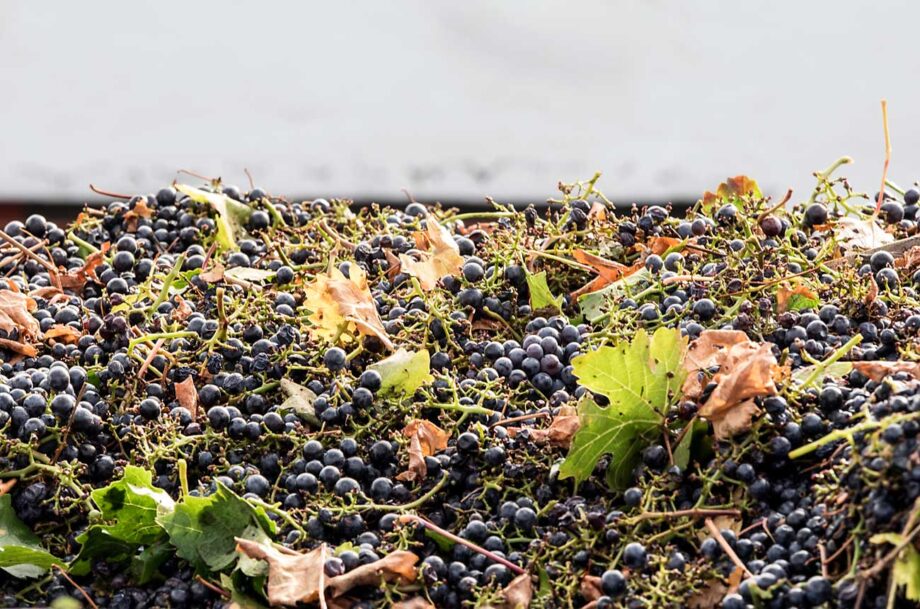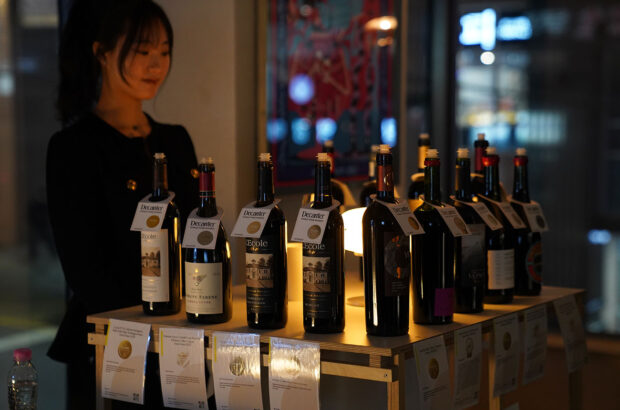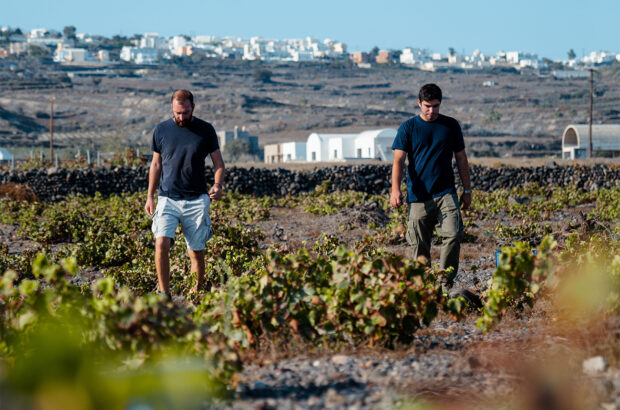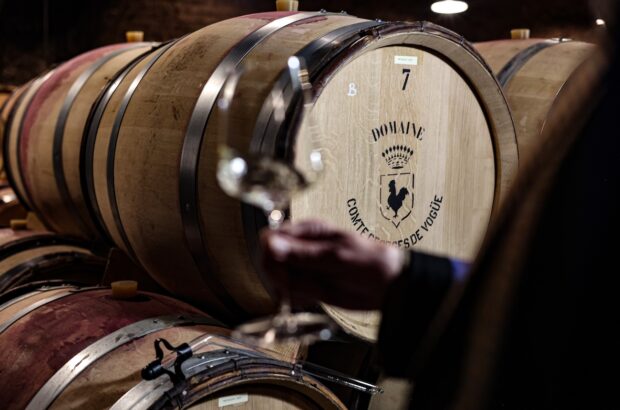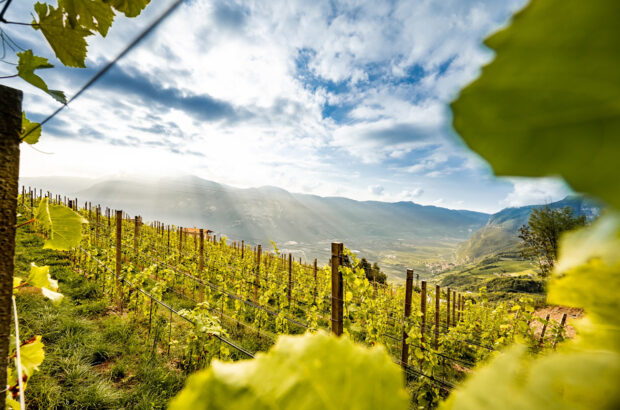International Carignan Day is celebrated on the last Thursday of October in appreciation of this once-shunned variety.
According to sommelier Daniel Illsley, things are looking up for the former ‘ugly sister to Grenache and Syrah’. ‘Tasting a good vintage of mature Cariñena is the only epiphany any doubter needs,’ he adds.
Don’t miss the ultimate wine experience – book your tickets now for the Decanter Fine Wine Encounter London 2025
Thought to have originated in Aragón, north-east Spain, Carignan is a late-ripening variety which needs very hot conditions to flourish.
It was – and to a lesser extent, still is – widely planted in the south of France, specifically in the Languedoc and Roussillon, and as a result gained a reputation as a grape for bulk wine.
However, high-quality Carignan comes from old, lower-yielding bush vines, particularly in Spain’s Priorat. The grape performs well there in the famed llicorella soils which have low levels of nutrients and poor water-holding capabilities, forcing the roots to grow deep.
Naturally high in acidity, tannin and colour, Carignan also makes a useful blending partner – often used to complement Syrah, Grenache and Mourvèdre. Some winemakers choose to use carbonic maceration to soften its qualities and promote its fruit-forward characteristics.
Found in many regions of the world it follows that it’s a grape of many names. In Spain it’s known as Cariñena, Samsó (in parts of Catalonia) and Mazuelo (in Rioja), and in Italy as Carignano (and Bovale Grande in Sardinia). In the US it’s referred to as Carignane. It can also be found in Chile, Argentina, Uruguay, Mexico, South Africa and Israel, among other places.
In the glass, characteristics depend on methods of course, but good examples may show notes of dark berry fruit, red cherry, herbs, chocolate, earthiness and spice.


